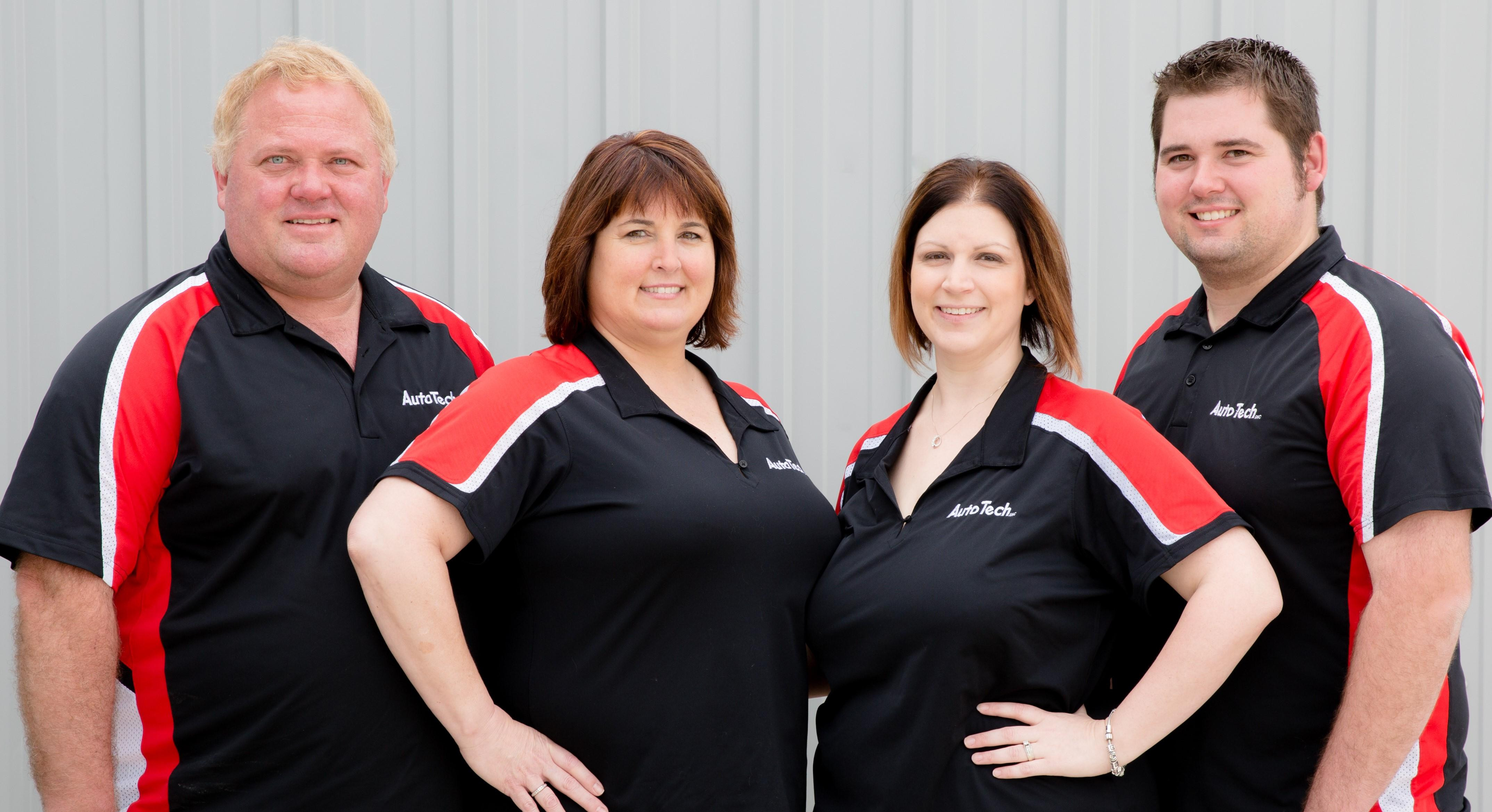Post Time:Jan 09,2025Classify:Industry NewsView:1350
Kaizen Glass Solutions onsite training service techs perform a windshield replacement on a Freightliner Cascadia with the Panther Pro Fit Glass Setting Device.
Consider the dilemmas facing auto glass technicians today.
A customer rolls into a body shop with a cracked windshield on a brand-new electric SUV. What seemed like a routine job quickly becomes a high-tech puzzle. The windshield houses the typical advanced driver-assistance systems (ADAS) cameras, a heads-up display and temperature-sensitive coatings for climate control.
Moments like these underscore the challenges glass technicians and installers are experiencing. Across the industry, technicians and shop owners are confronting a wave of innovations reshaping the auto glass landscape. From ADAS calibrations to smart glass, the future is arriving faster than many anticipated.
In recent years, the auto glass industry has experienced significant transformation driven by technological advancements, evolving regulations and shifts in consumer demand.
Shauna Davis, president of Kaizen Glass Solutions, shed light on some of the most pressing trends shaping the auto glass landscape today. From ADAS to tools that improve technician efficiency, these changes create new opportunities and challenges for auto glass professionals.
One of the greatest developments in the auto glass industry is integrating ADAS into windshields. These systems, which often include cameras, sensors and LiDAR, are becoming standard in modern vehicles.
Davis said this trend is boosting the demand for calibration services, creating opportunities for auto glass shops to diversify their offerings.
“Windshields are no longer just glass,” Davis explained. “They’re critical components of a vehicle’s safety system. In learning about ADAS calibration, we’re seeing a surge of interest from other automotive aftermarket sectors, such as paintless dent repair (PDR) and hail damage repair.”
 Larry and Cheryl Benn, far left and second from left, and their son, Levi, far right, and daughter-in-law, Jenn, second from right, run Auto Tech.
Larry and Cheryl Benn, far left and second from left, and their son, Levi, far right, and daughter-in-law, Jenn, second from right, run Auto Tech.
Kaizen Glass Solutions has responded to this demand by offering a two-day ADAS calibration course immediately following its auto glass training. Shops realize that if they don’t add calibration services, they’re leaving money on the table.
Levi Benn is the body shop manager at Auto Tech in Dyersville, IA. He said Auto Tech has been doing dynamic calibration in-house at the facility for six months and has seen a remarkable improvement in cycle time.
“Doing [dynamic] calibrations in-house has helped improve our workflow tremendously. We no longer have to send the work out and wait several days,” he said.
Benn quickly realized that sending vehicles to the dealership 30 minutes away to get glass work done was putting a delay in the shop’s cycle time. That’s when he sent his body technician, Nick Klein, to Kaizen’s auto glass replacement and calibration training class. As a result, it has reduced Auto Tech’s cycle time substantially and added a new revenue stream.
Smart glass technology is another trend revolutionizing the industry. Modern vehicles are increasingly equipped with heads-up displays (HUDs), electrochromic dimming and augmented reality (AR) features that directly project navigation and other data onto the windshield.
“These features enhance the driving experience, but they also pose challenges for glass replacement,” Davis said. “Technicians must be trained to ensure that these technologies remain functional and safe after a windshield replacement.”
Kaizen Glass Solutions emphasizes the importance of specialized training to handle these high-tech windshields. Without proper knowledge, the vehicle’s safety and functionality can be compromised.
As vehicle technology evolves, so do safety regulations. Davis pointed out that stricter calibration requirements are a significant industry discussion topic. This push for higher standards may lead to a new Federal Motor Vehicle Safety Standard (FMVSS) addressing evolving vehicle technologies.
“Insurance companies are starting to emphasize certifications and standards more,” Davis said. “They want to ensure that only qualified professionals handle repairs.”
This shift means auto glass businesses must invest in certification programs to stay competitive. It’s no longer enough to simply replace glass; technicians must prove their ability to handle the complexities of modern vehicles.
The rise of electric vehicles (EVs) is also influencing the auto glass industry. EVs often feature unique designs and materials that require specialized repair procedures.
“EV windshields are different in shapes and materials,” Davis explained. “Technicians must adapt to these changes and follow OEM repair procedures to ensure the job is done right.”
Kaizen Glass Solutions is helping shops prepare for this shift by offering training programs that cover the specific needs of EVs. According to Davis, staying ahead of these trends is essential for auto glass businesses to remain relevant in an evolving market.
As the auto glass industry evolves, so do the technicians' tools. Davis pointed out the growing popularity of auto glass cord-and-wire tools and setting devices designed to improve safety and ergonomics.
“These tools allow one technician to complete jobs that previously required two,” she said. “They improve time management and reduce the physical strain on technicians, which is a win-win for businesses and employees.”
Investing in these tools enhances efficiency and helps shops attract and retain skilled technicians by creating a safer and more manageable work environment.
For auto glass businesses, keeping up with these trends requires a proactive approach. Davis emphasized the importance of ongoing education and training to ensure technicians are equipped to handle the challenges of modern vehicle technology.
“The industry is changing rapidly,” Davis said. “Those who embrace these changes and invest in their teams will be the ones who thrive.”
From ADAS calibration to innovative glass technology and evolving regulations, the future of auto glass is filled with challenges and opportunities. By staying informed and adaptable, auto glass professionals can position themselves for success in this dynamic industry.
Source: www.autobodynews.comAuthor: shangyi
PrevThe Future of Beverage Packaging: Sustainability Trumps
Insulating Glass Market Size: Strong Growth Ahead (2025-2032)Next